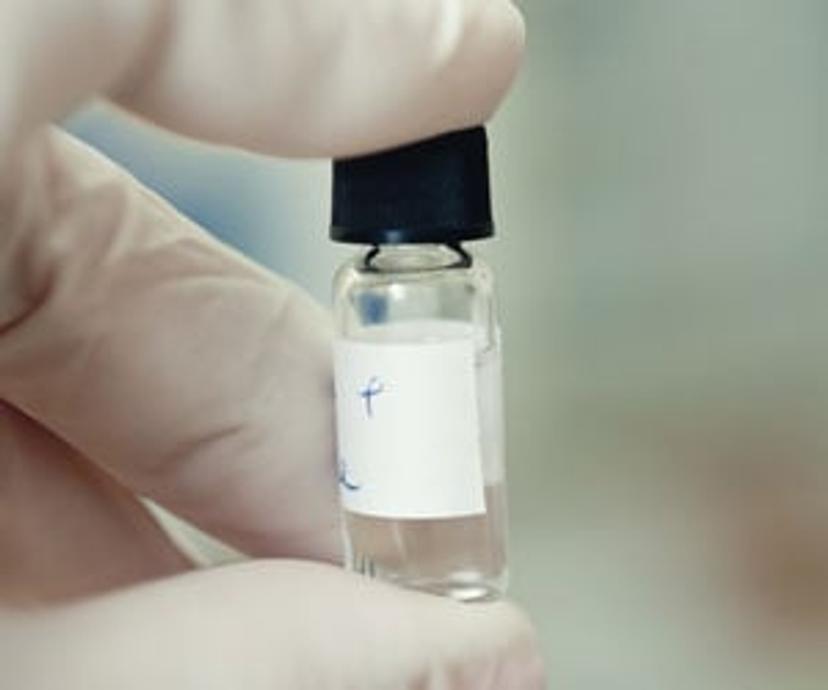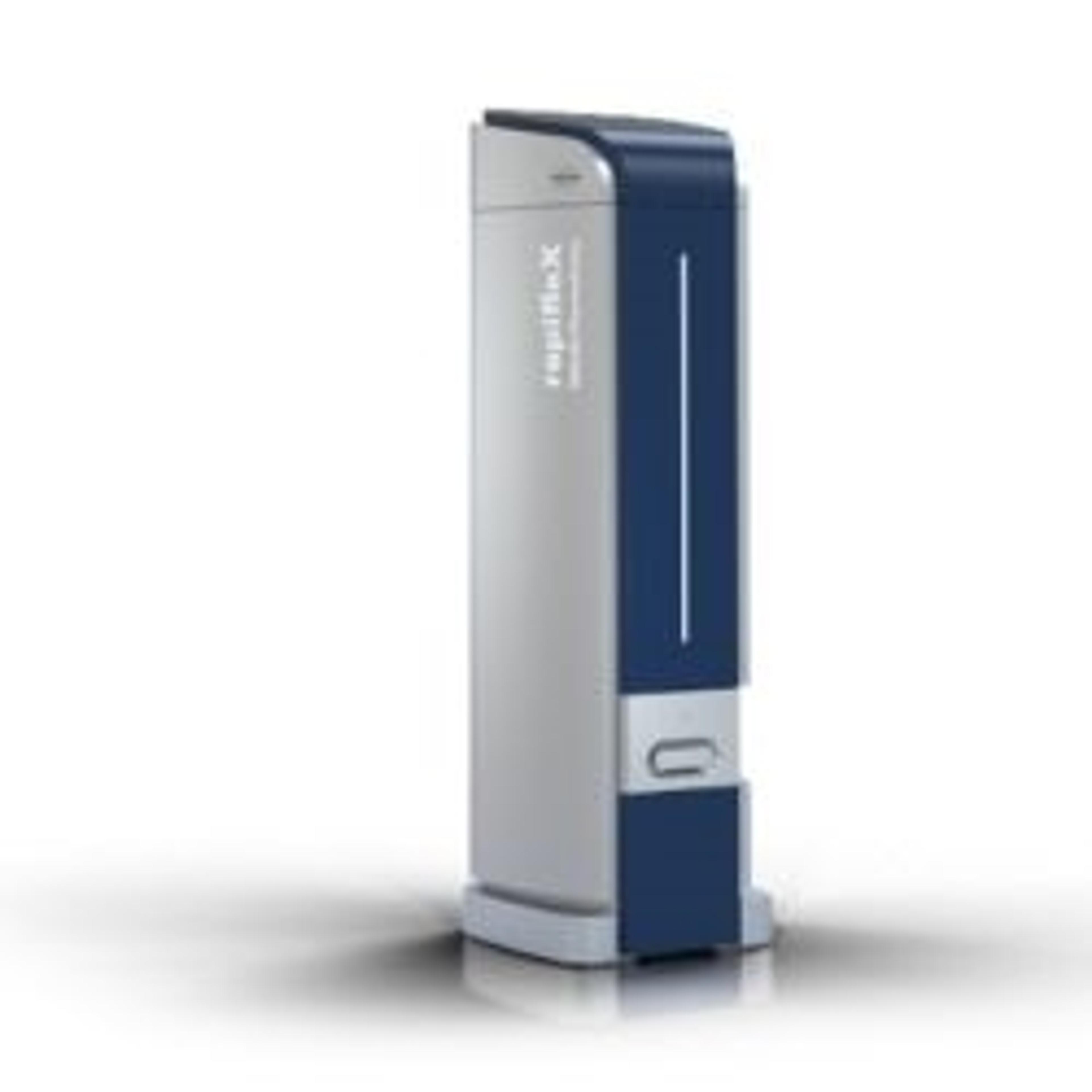Webinar Highlights - Label-Free High-Throughput MALDI TOF Mass Spectrometry in Drug Discovery
Learn more about the high-throughput screening of biochemical assays using MALDI TOF and its use as a tool for drug discovery
7 Dec 2017
Matrix-assisted laser desorption/ionization time-of-flight (MALDI TOF) mass spectrometry is a technique commonly used for a variety of applications from proteomics to drug discovery. In a recent webinar with SelectScience®, Mathias Trost, Professor of Proteomics at Newcastle University, gave a presentation on the basics of MALDI TOF, the benefit of label-free screening and how ultra-fast MALDI mass spectrometry can be used for high- and ultra-throughput screening.
Read on for highlights from the Q&A session or watch the webinar on demand.
Do you think that high-throughput MALDI TOF assays can work for any enzyme in drug discovery?

MT: Yes, I actually think it can pretty much work for almost any enzyme that does a mass shift. Most enzymes do this. If your enzyme is an isomerase, it’s not going to work. It has to have a mass shift. If your substrate is something really big, let’s say you want to look at the phosphorylation of a protein at 100,000 Da – it’s not going to work as you need to be able to resolve it. But if you can use substrates in a smaller range, maybe up to 20,000 to 25,000 Da, then I think you can do this. If your peptides are small molecules or your substrate is metabolic, I think this will work quite well.
Which buffer components affect MALDI TOF analysis?
MT: This is a constant discussion for this technique. Most of the biochemists we speak to use buffers that have been used since the 50s. In many cases there are buffer components in them that will affect MALDI mass spec. One problem is very high salt concentrations. If you have very high salt concentrations, the sodium will become a problem. We have tested many of these assays in high salt and in low salt and have seen little effect on the kinetics. I don’t think that it's necessary for assays to have high salt concentrations. In some cases, for example, if we have a collaborator that insists on using large amounts of EDTA to stop the reaction - EDTA is a killer in the mass spectrometer, so analysis is not going to work - we can actually stop the reaction with TFA instead, which doesn’t prevent analysis. You may have to adapt your standard assay protocol slightly, but so far we haven’t seen an assay that didn’t work for MALDI. One thing that probably won’t work is detergent. Detergent will be quite problematic but I’m not aware of many enzymatic in vitro assays that use high levels of detergent.
Do you find any differential ionization efficiency between the substrate and the phosphoproduct?
MT: Yes, we do. This is something well known in MALDI. There is a difference between substrate and phospho peptides in ionization. In this case it didn’t make much of a difference because if you want to do absolute numbers you need to isotopically label substrate and product. Because you’re only measuring how much you can phosphorylate compared to your substrate it didn’t make much difference in our hands. For me as a scientist, it was something I really needed to learn that in high-throughput screening you only really want a black and white decision – is it changing or is it not changing. In the end it didn’t matter that the ionization efficiency was less for the phosphopeptide because we still got our ratios and could measure this quite nicely.
Is it possible to determine enzymatic kinetic parameters such as inhibition constants or Michaelis Menten constants by MALDI-TOF procedures?
MT: We have done km, kcat, etc. using our MALDI TOF assays. In some cases when you go to really high concentrations of substrate it becomes a bit problematic, but we have in all cases been able to do it. What’s good is, in most cases we could reduce the enzyme used substantially which made the whole thing easier and we didn’t need to have high concentrations of the substrate and the product.
Can you measure protein - small molecule binding?
MT: This is of course then another assay. In principle, when you have a covalent interaction you will be able to see this in MALDI. Normally this is the sort of thing most people wouldn’t want to look at. MALDI itself won’t work if you want to look at a non-covalent inhibitor-protein interaction because the interaction won’t be stable enough to see this in a MALDI mass spectrometer. The other thing is if the enzyme is 50 kDa and you want to put a 300 Da compound on, you will have to resolve this, which I don’t think this is necessarily something that will work. It’s easier to look at the product and the substrate as they are at much higher concentrations in your assay.

Will this method work on other MALDI TOF instruments or only on this top-of-the-line Bruker instrument?
MT: In principle you can do these assays with all MALDI instruments. The first thing we used was the ultrafleX, the earlier generation of the instrument we currently use. The reason we think for real high-throughput screening you will have to go in the end with a rapifleX, as there is no instrument anywhere near as fast as the rapifleX With the 10 kHz laser, just to give you an idea, you can now measure 1536 plates of sample in less than 10 minutes. Our colleagues at GSK have gone further and spotted 6,144 (4x as many spots) onto a 1,536 sample target. 6,000 samples on one target, and they ran this target in less than 6 minutes. There are ways you can massively speed up this assay, and I think that’s something you can only really do with this kind of instrument. But, if you are looking for smaller sample numbers you will probably be able to use other MALDI TOF instruments as well. You just won’t have the benefit of this really nice digitizer and the speed provided by the rapifleX. These features are really unique to this kind of instrument.
What are challenges you face in selecting a matrix for different moieties from small molecule to larger peptide to ubiquitin?
MT: There are not that many matrices around really. Matrices usually come somewhere in the area of 400 to 800 Da. When I started using MALDI, it was always said this is an area you can’t see anything in. You can actually. If your substrate and product aren’t at high concentrations there might be interference if substrate and matrices are in a similar mass range. Again, the new MALDIs have such a high resolution we are able to distinguish these ions quite significantly.
What is the maximum mass of a substrate/product that can be reliably measured?
MT: We have been going up to something like 15,000 Da now – so 25,000 Da maybe? This is kind of a guess. You could possibly push it a little bit. The problem with MALDI is that ionization is a very competitive process and the bigger the molecule, the harder it is to get it ionized. This is clear. I think 25 kDa is reasonable, it could be pushed a bit further but for a really reliable high-throughput assay you would want to keep it below that. I think for anything below it works well. We were amazed to get the first assay working with a protein, it was a small protein – ubiquitin – but it was the first time we tried it and it worked beautifully. The sensitivity was really nice. For people who want to work with peptides and smaller molecules I think this will work absolutely fine. I’ve seen people work on lipids – all these molecules should work with MALDI.
Watch the full webinar on demand, or find out more about Bruker's MALDI TOF instruments.
Do you use any of the technologies mentioned in this webinar? Write a review today for your chance to win an Amazon voucher worth $400 or an iPad.


